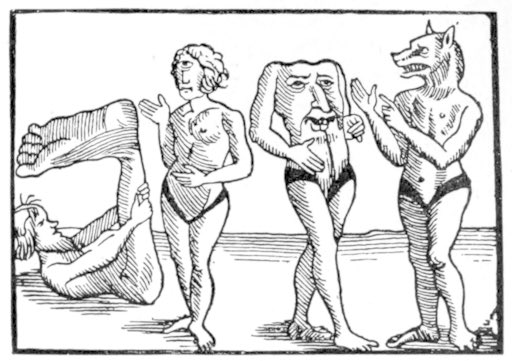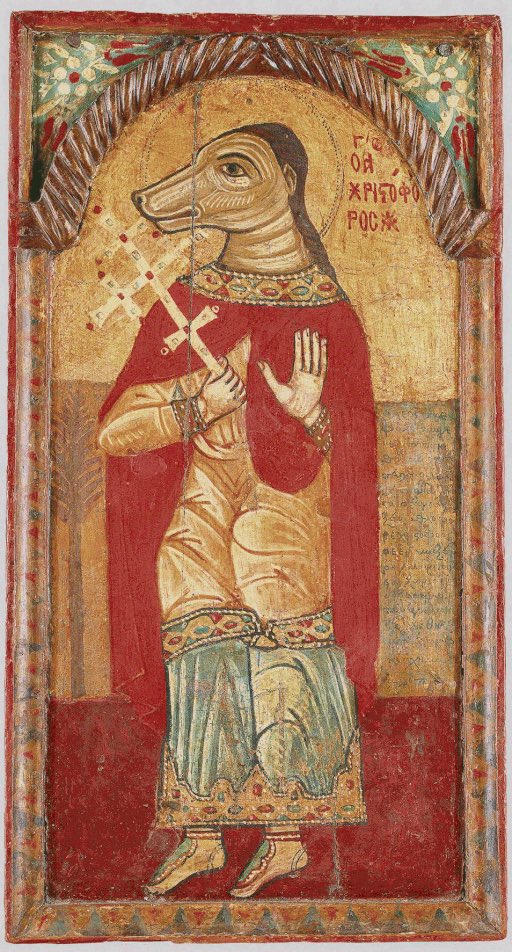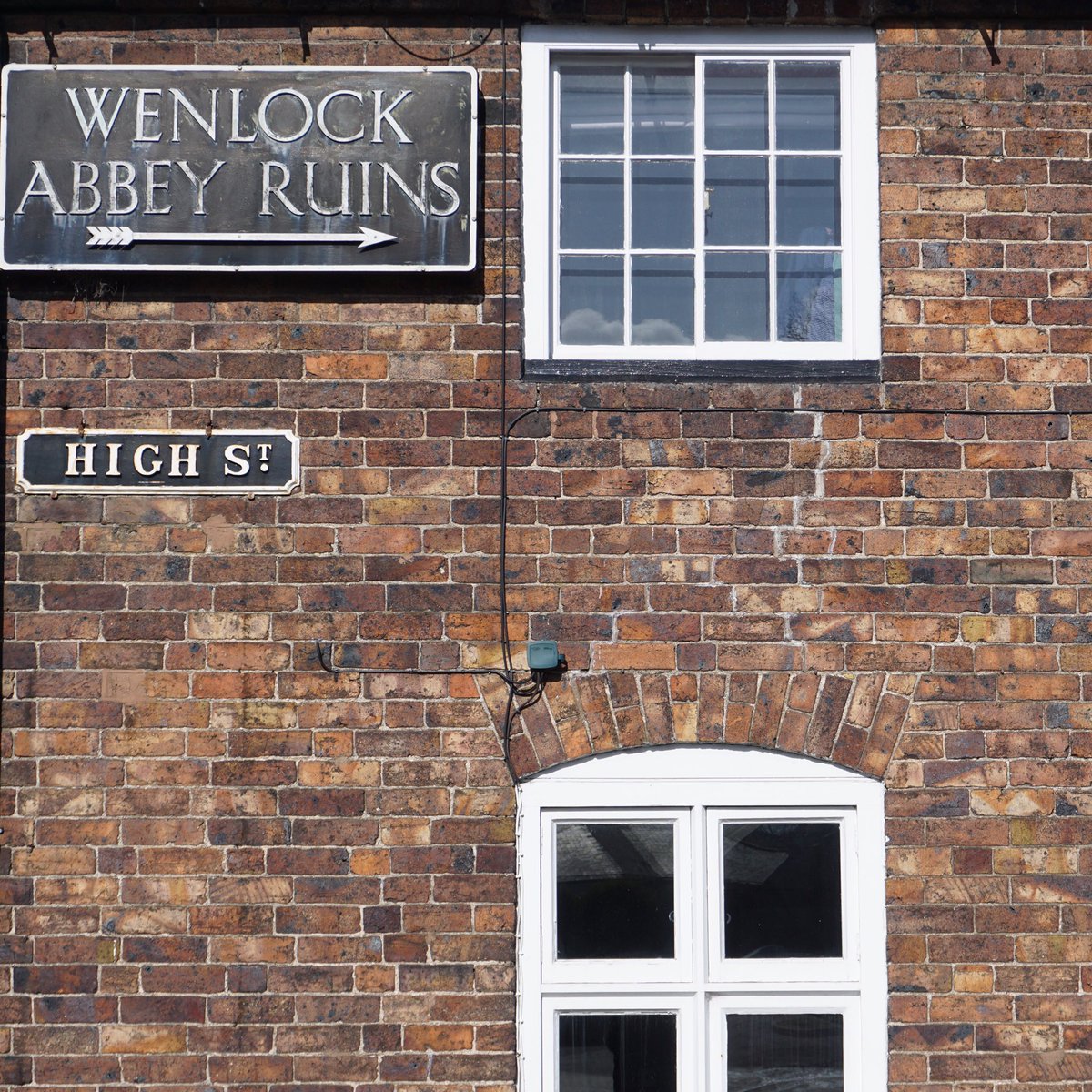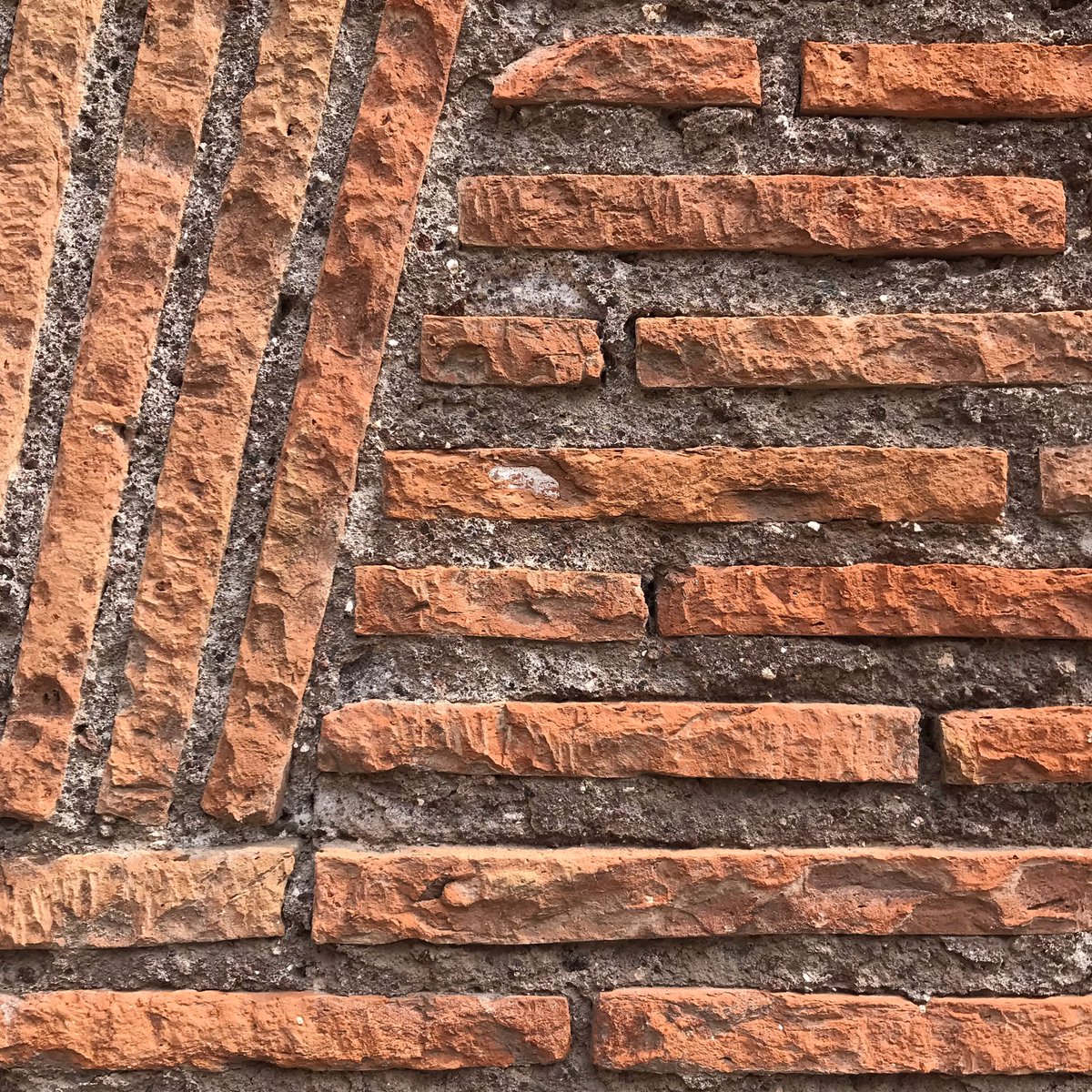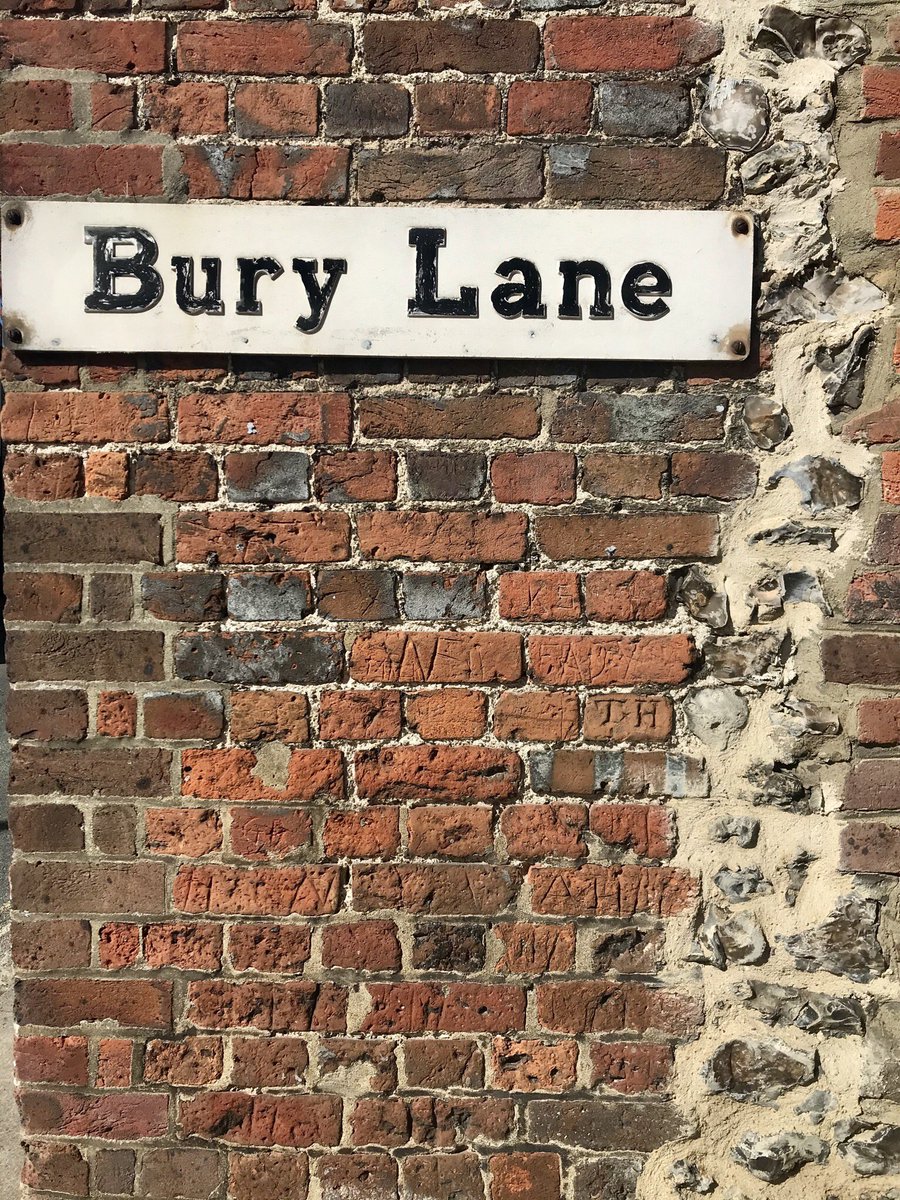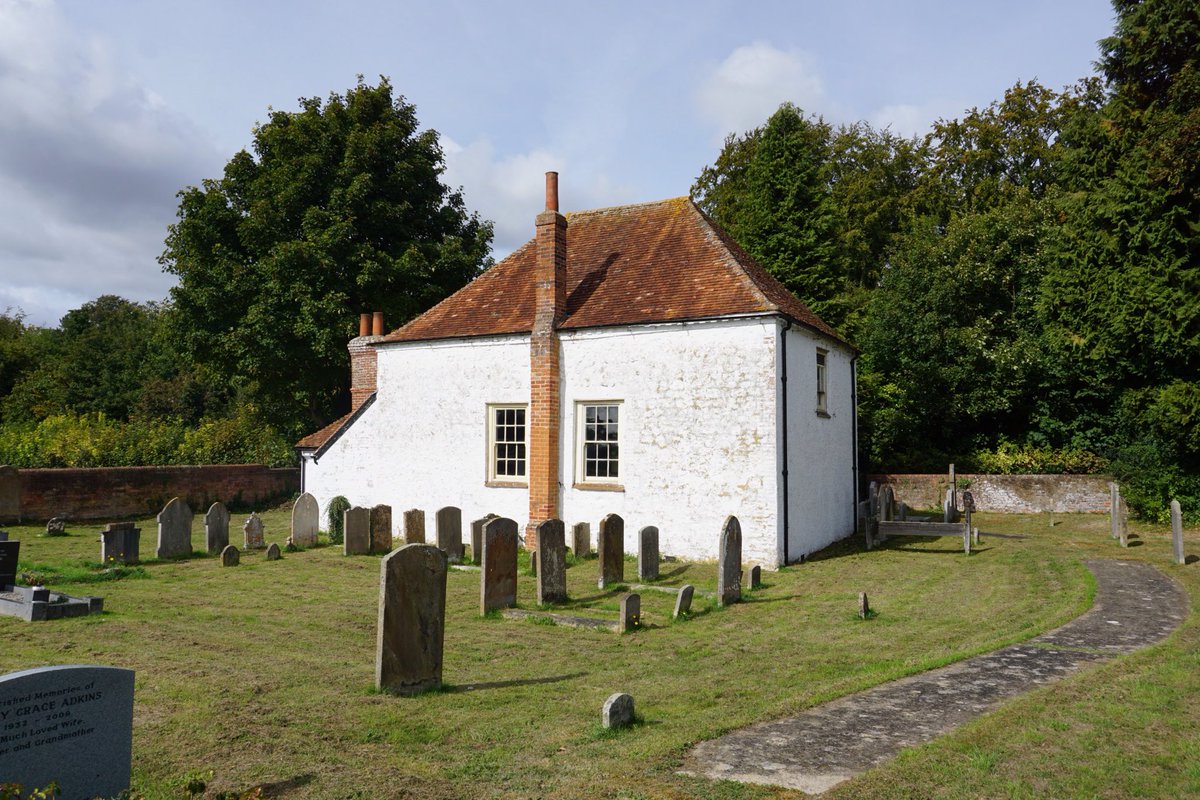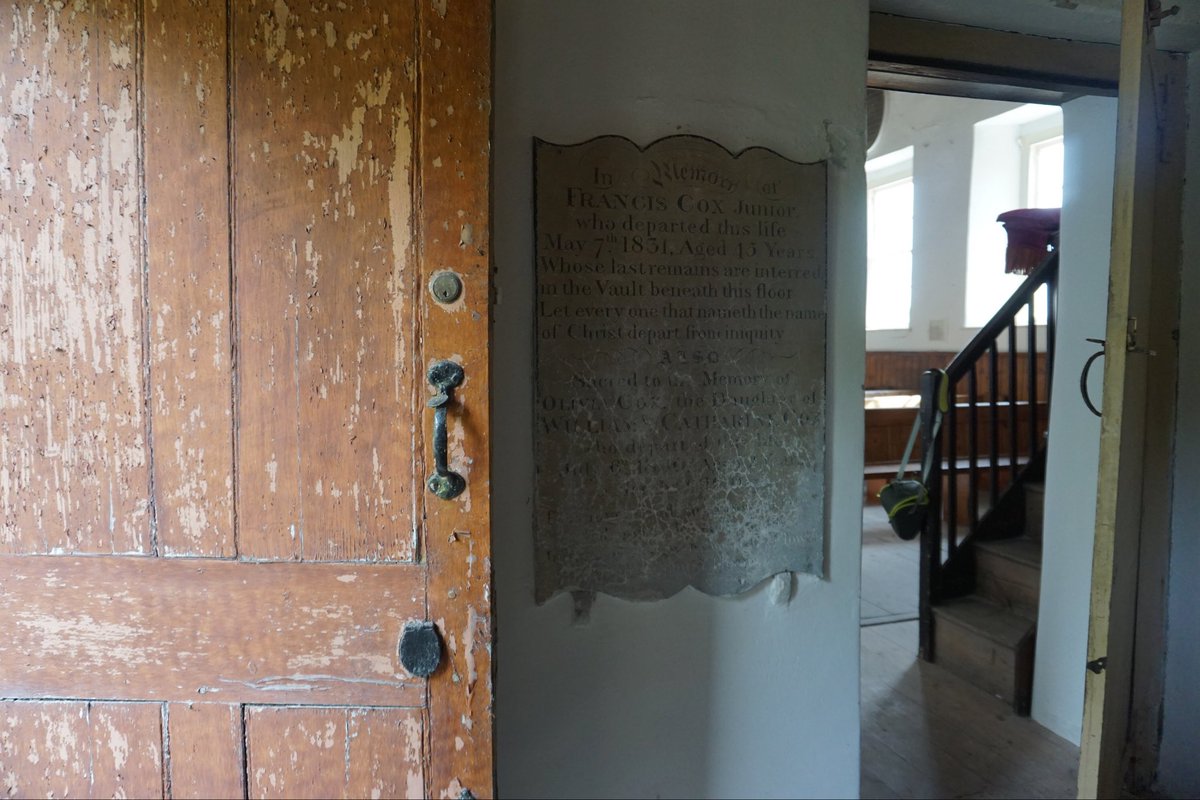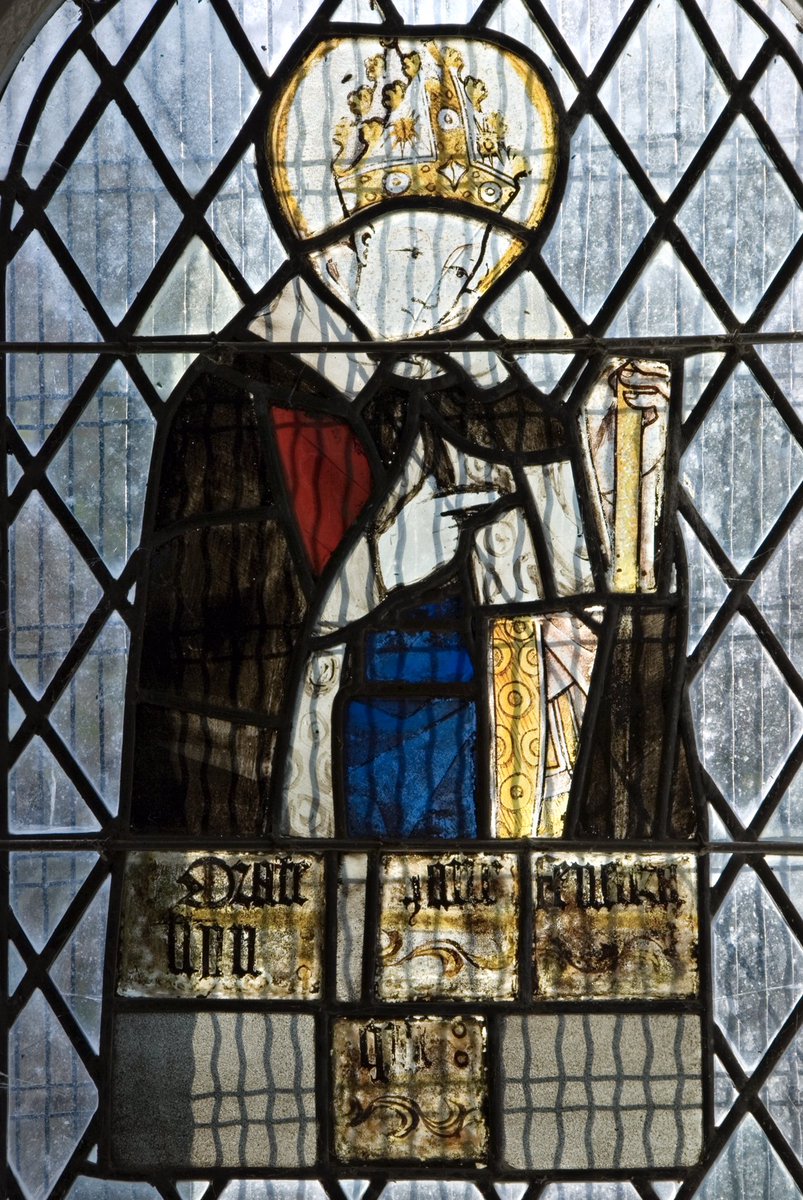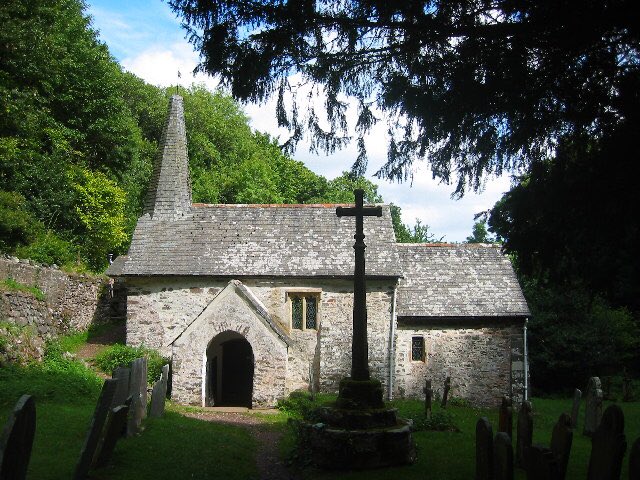
Saltfleetby church was built on a salt marsh. The landscape is melancholic. Long straight roads, drainage ditches, desultory farmsteads, big medieval churches. Flat land with empty horizons.
It all points to a long-lost prosperity... The clue is in the name: Saltfleetby.
#thread
It all points to a long-lost prosperity... The clue is in the name: Saltfleetby.
#thread

Until the 1600s this area was an international port trading with Scandinavia and Northern Europe. The name comes from salt-making which began in the Bronze Age and declined in the Middle Ages.
2/
2/
There’s a Norwegian story about why the sea is salty. It starts at Christmas time. A poor man worries about feeding his family. He asks his rich brother for help. The brother will only help if he ventures into the underworld. The poor man agrees... and takes a joint of meat.
3/
3/
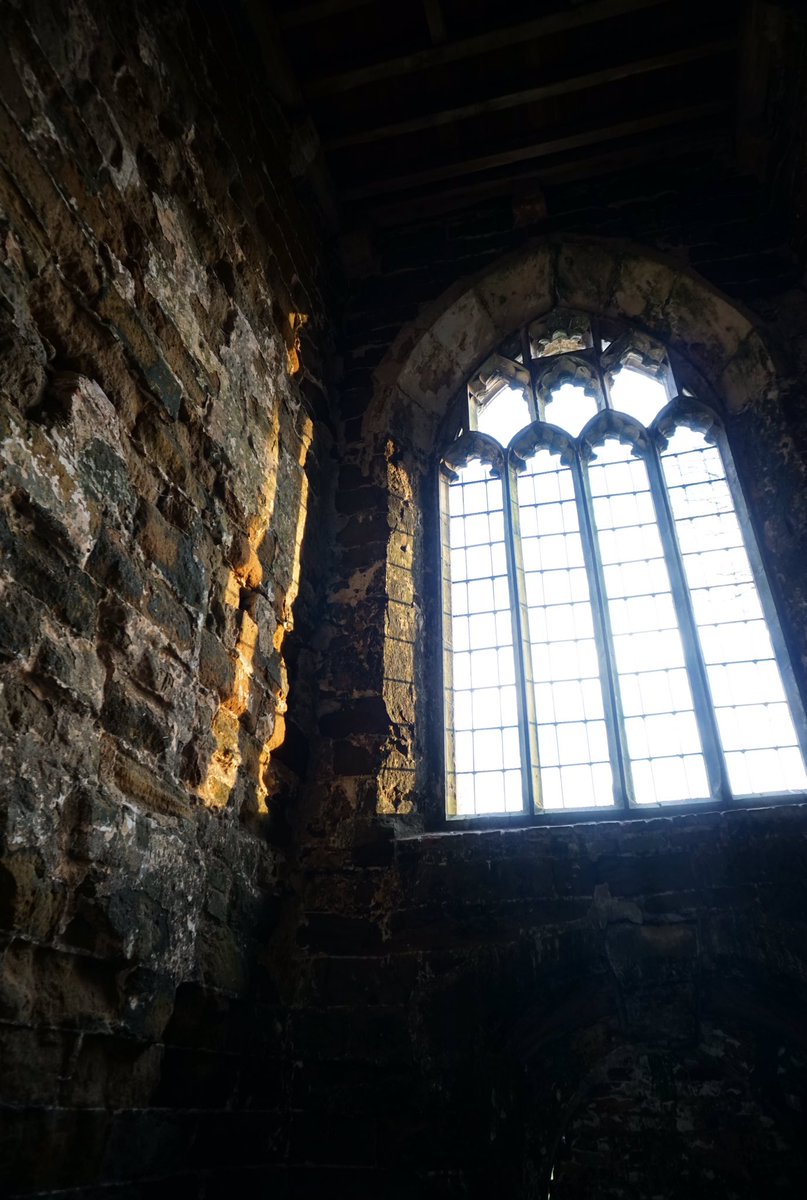
The man sets out for the underworld… On the way he meets a stranger who tells him that devils in the underworld will offer to buy his meat for great sums of money… The stranger warns that he must *only* sell the meat for a mill that hangs on a wall in the underworld.
4/
4/
Sure enough, when the man gets to the underworld, he is offered money for his meat. But instead he exchanges it for the mill. The man trudges home to his family. He sets the mill on the table and turns the handle. To his astonishment, it grinds out a feast for his family!
5/
5/

The next day, the man’s brother pops in to see how the trip into the underworld went… The man shows his brother the magic mill. In his jealousy, the brother cuts the man’s throat and makes off with the mill.
6/
6/
The man takes the mill into the town… where he meets some sailors that are trying to buy salt to preserve meat. The man tells this this mill will grind out all the salt they need. So, the mill is exchanged for fish.
7/
7/
The sailors set off. One day as they are sailing over the North Sea and grinding salt, a terrible storm breaks.
The ship is wrecked.
The mill tumbles out and sinks to the bottom of the ocean floor, where it continues to grind out salt… making the sea salty.
#FolkloreThursday
The ship is wrecked.
The mill tumbles out and sinks to the bottom of the ocean floor, where it continues to grind out salt… making the sea salty.
#FolkloreThursday

Final tweet: last month we started major repairs on the tower. Lots of stone repairs are needed, as well as a new roof. We’ll share updates over the next few months.
• • •
Missing some Tweet in this thread? You can try to
force a refresh


